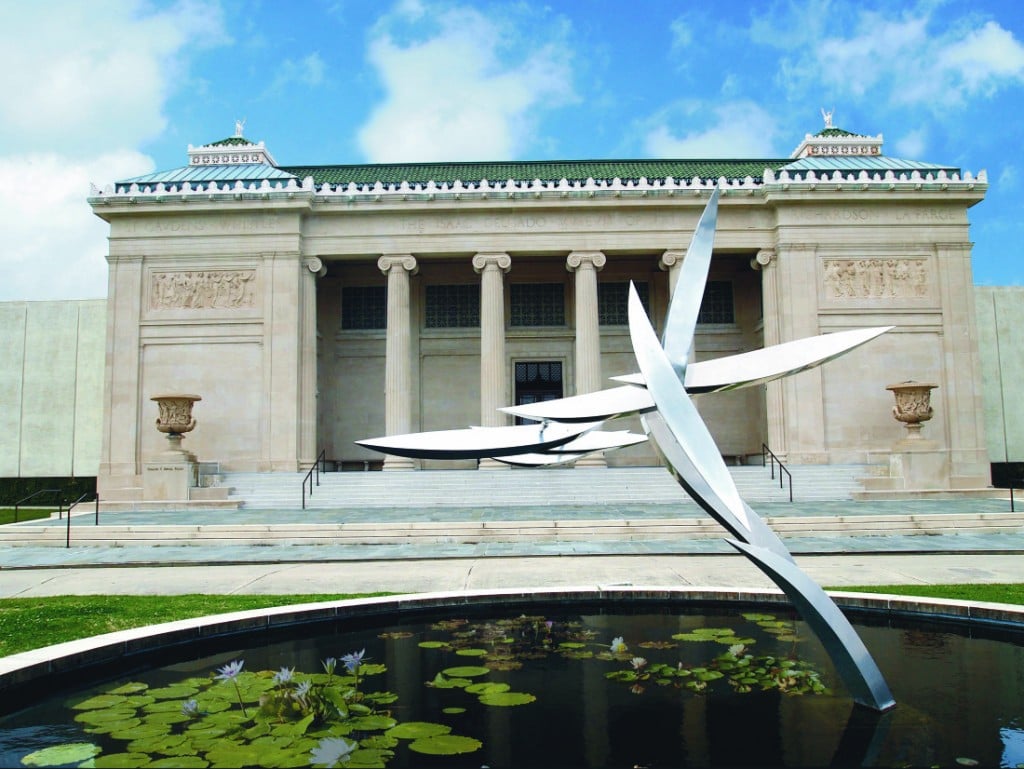
US cultural institutions have been ramping up long-overdue efforts to diversify their curatorial and management staff, which all too rarely reflect the communities they serve. Now, the Ford Foundation and the Walton Family Foundation are hoping to propel the process forward with a new $6 million initiative designed to diversify the leadership ranks of the country’s art museums.
On Wednesday, the two foundations announced the Diversifying Art Museum Leadership Initiative, which will fund 22 institutions around the US. Each foundation will provide $3 million over three years to pursue the ambitious goal of filling 30 percent of mid- and senior-level curatorial and management positions at U.S. art museums with staffers from historically under-represented populations by 2025. Grant recipients will have to pony up their own cash as well, matching every two dollars of grant money with a dollar of their own in the first year, and matching funds one-to-one in following years.
The lion’s share of the grants exceed $150,000, with some ranging as high as about $550,000, said a Ford Foundation representative. The grants will support existing programs as well as new ones.
Recipients include large institutions in major urban centers, like the Cleveland Museum of Art, the Los Angeles County Museum of Art, and the Saint Louis Art Museum. There are also lower-profile counterparts like the Wing Luke Museum of the Asian American Experience, in Seattle, and the Reynolda House Museum of American Art, Winston-Salem, North Carolina. Some 11 new staff positions will be created; 360 college students will get fellowships and internships; and 33 graduate- and post-graduate museum professionals will be among the grants’ beneficiaries, said the Ford representative.
Studies have shown that art museums’ professional staffs are overwhelmingly white. One study undertaken in 2015 by the Mellon Foundation and the Association of Art Museum Directors revealed that non-white museum staffers are typically concentrated among security, facilities, and other back-of-house roles, while non-Hispanic whites represent some 84 percent of positions like curators and conservators and leadership positions. In one notable response to that reality, New York City and its Department of Cultural Affairs have suggested that future city funding will be tied to museums’ efforts to diversify.
Many of the efforts funded by the Ford and Walton monies will include internships and fellowships for university and graduate students, as well as professional development programs for junior staffers. Some will bring a specific ethnic or racial focus: the New Orleans Museum of Art will seek out students from historically black colleges and universities; the Minneapolis Institute of Art will expand its existing program that offers fellowships to Native Americans. Others, like the Reynolda House, will offer an educational component, such as “cultural competency and unconscious bias trainings” for staff.
“For museums to be truly inviting public spaces, they must better reflect the communities they serve,” said Alice Walton, founder and board chair of Crystal Bridges Museum of American Art and Walton Family Foundation board member, in a press release.
“The arts play an essential role in our society by inspiring people of all ages to dream and to imagine new possibilities for themselves, their communities, and the world,” said Darren Walker, president of the Ford Foundation, in the announcement. “To ensure the future health and vibrancy of the arts in America, we need more arts leaders who understand and relate to the deeply varied perspectives and life experiences that weave the rich fabric of our nation.”